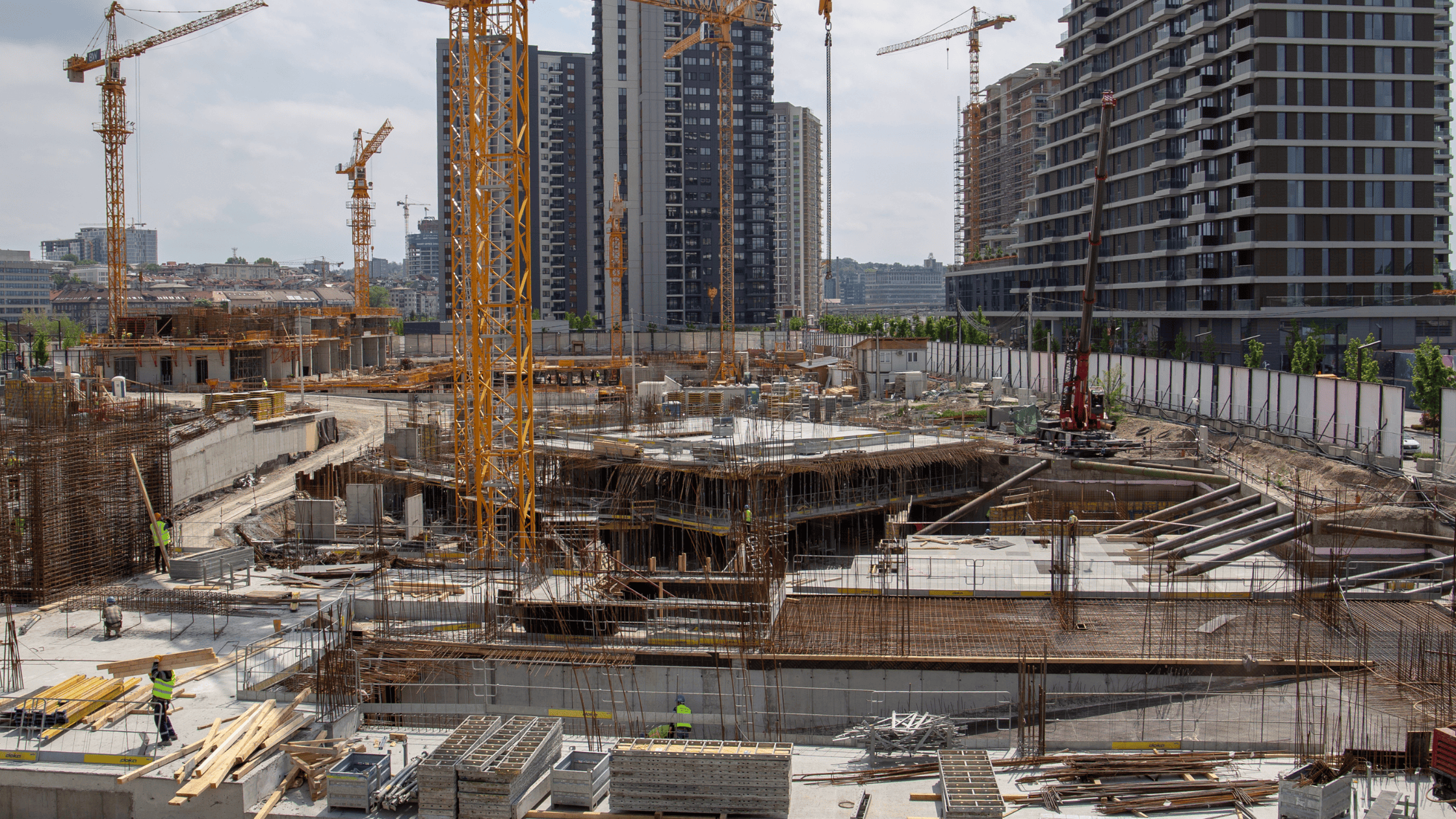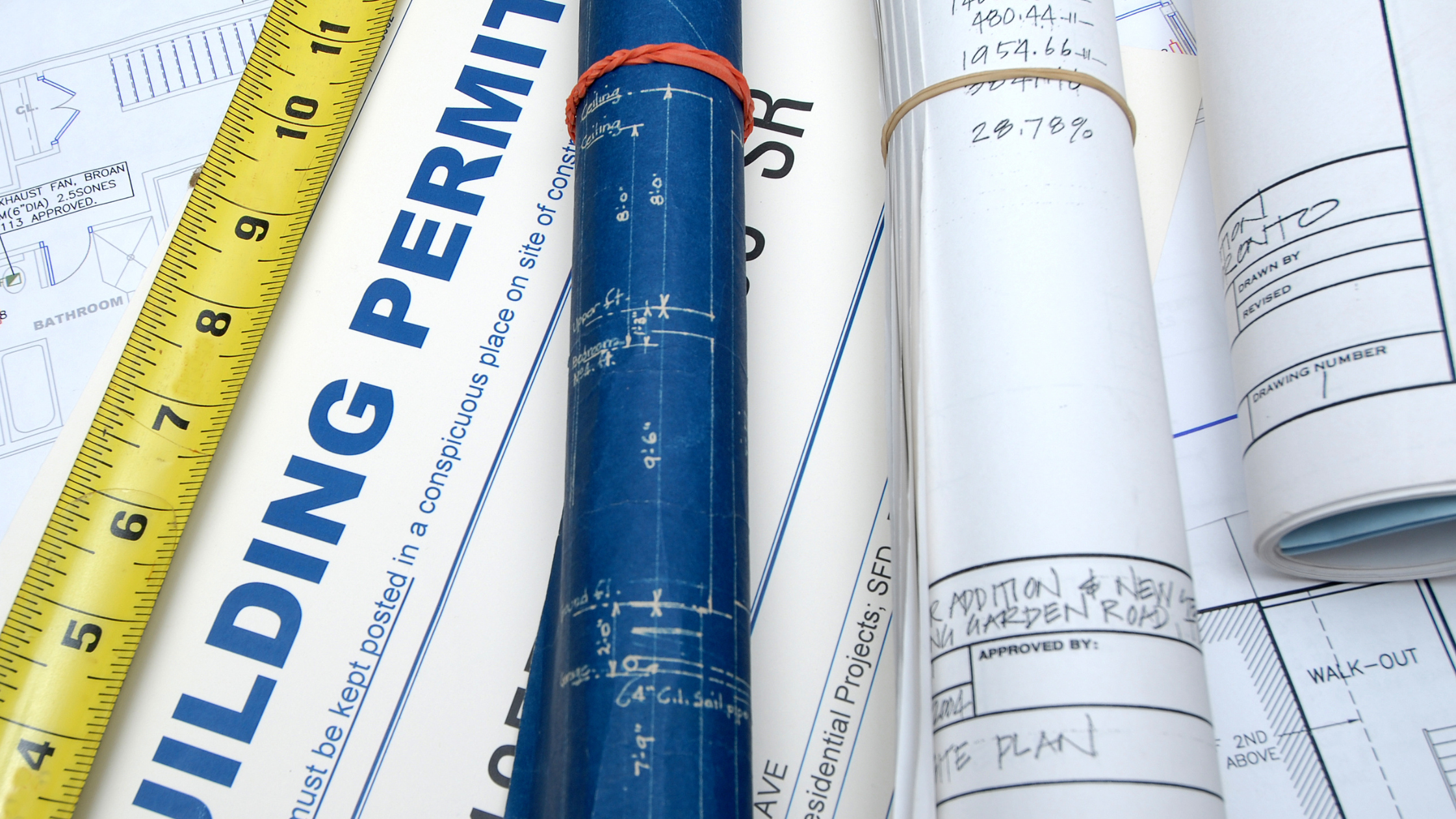Introduction: The Growing Need for Noise Mitigation Walls
As cities expand, so does the demand for new infrastructure, construction, and industrial activity. But with growth comes noise pollution — one of the top environmental complaints in urban areas. Prolonged exposure to high noise levels affects not just comfort but also physical health, quality of life, and well-being.
That’s why more municipalities are mandating the use of noise mitigation walls, also known as acoustic barriers or sound walls. These structures play a vital role in reducing excessive noise from construction sites, highways, data centers, and industrial settings, ensuring compliance with modern noise regulations.
In this guide, we’ll break down how noise mitigation walls work, the materials that make them effective, and why cities are increasingly requiring them as part of project approval.
What Are Noise Mitigation Walls?
Noise mitigation walls (sometimes called noise barriers or soundproofing walls) are engineered structures designed to block, absorb, or deflect sound waves generated by external sources such as heavy equipment, ventilation systems, or traffic.
They are widely used in:
- Construction sites to reduce impact noise from jackhammers and pile drivers.
- Highways and railroads to shield nearby residential areas.
- Industrial facilities and data centers to contain noise from large cooling fans and HVAC ventilation systems.
These walls help create quieter surrounding areas, improving community trust and supporting faster project approvals.
How Noise Mitigation Walls Work
1. Blocking Sound Transmission
Noise walls act as a barrier between the noise source and surrounding areas. By blocking the direct path of sound waves, they reduce noise transmission and lower measured sound levels (dBA).
2. Absorbing Sound Energy
Walls built with sound-absorbing materials such as mineral wool, perforated metal, or specialized composites reduce reverberation and echo. This is essential for controlling background noise in noisy environments.
3. Deflecting and Diffusing Noise
Some noise mitigation walls are angled or textured to scatter sound waves, preventing them from concentrating in one direction.
4. Enhancing Work Environment and Community Well-Being
By lowering noise levels, walls protect both workers in industrial settings and residents in urban environments. They reduce risks of hearing loss, stress, and sleep disturbance, directly improving physical health and well-being.
Materials Used in Noise Mitigation Walls
Cities increasingly require high-quality soundproofing materials that balance functionality with aesthetics. Common options include:
- Concrete and masonry: Durable and effective at blocking excessive noise.
- Acoustic panels: Lightweight, sound-absorbing materials ideal for temporary construction sites.
- Transparent acrylic panels: Allow visibility while reducing sound levels along highways.
- Green noise walls: Walls combined with vegetation, offering sound absorption plus sustainability benefits.
Why Cities Are Requiring Noise Mitigation Walls
- Compliance with Noise Regulations
Modern noise control strategies set strict noise exposure limits for residential areas. Municipalities now require developers to submit noise impact assessments and propose mitigation strategies like acoustic barriers before permits are approved. - Reducing Community Opposition
Projects in urban areas often face pushback due to community noise complaints. Cities have learned that requiring noise mitigation walls up front minimizes resistance and accelerates approvals. - Improving Quality of Life
By controlling noise sources, cities can protect the well-being of residents and preserve property values in surrounding areas. - Supporting Sustainability Goals
Noise reduction is increasingly tied to sustainable development. Many jurisdictions view effective noise control as part of broader environmental impact assessments.
Case Examples: Where Noise Mitigation Walls Are Making an Impact
- Highway Expansions: States across the U.S. have installed sound walls to protect neighborhoods from constant traffic noise.
- Data Centers: Facilities in urban environments use enclosures and noise mitigation walls to contain HVAC and generator noise.
- Construction Projects: Cities like New York and Denver mandate temporary acoustic barriers at major construction sites.
These examples show that noise mitigation walls are no longer optional — they’re essential for compliance and community acceptance.
Future Trends in Noise Mitigation Walls
As technology advances, expect walls to become:
- Smarter: integrated with real-time noise monitoring sensors.
- More sustainable: built with recycled and sound-absorbing materials.
- Multifunctional: doubling as green infrastructure with vegetation for air quality improvement.
Conclusion: Noise Mitigation Walls as a Vital Part of Urban Growth
Noise mitigation walls are playing a vital role in the future of urban noise control. By blocking, absorbing, and deflecting sound waves, they protect both communities and workers from excessive noise.
As more cities adopt stricter noise regulations, requiring noise barriers as part of effective strategies ensures projects move forward responsibly.
At Urban Solution Group, we help developers, contractors, and municipalities design high-quality noise mitigation walls that improve functionality, sustainability, and quality of life.
Noise may be inevitable in growing cities, but with the right noise control measures, it doesn’t have to be disruptive.
Other Articles

Comparing Noise Barriers: Mitigation Walls vs. Sound Walls vs. Temporary Barriers | Urban Solution Group
Not all noise barriers are the same. Compare mitigation walls, sound walls, and temporary barriers — and learn how Urban Solution Group helps with compliance.
.png)
Environmental Compliance Checklist: Avoiding Costly Mistakes in Urban Projects | Urban Solution Group
Avoid costly permitting delays in urban projects. Use this environmental compliance checklist covering land use, air quality, and construction compliance.

Why Do Compliance Delays Happen? How to Prevent Them in City Permitting | Urban Solution Group
Compliance delays cost projects time and money. Learn why they happen in city permitting and how Urban Solution Group prevents setbacks with proven strategies.
